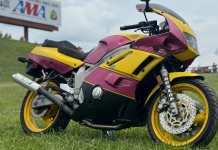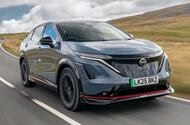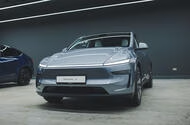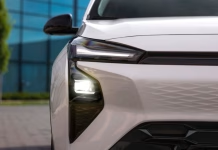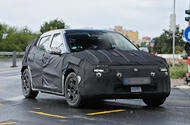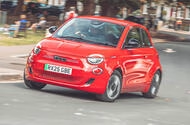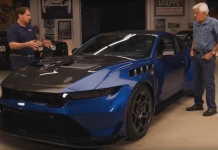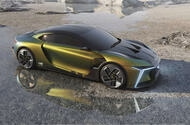From Eyesore to Track Star: Transforming a 90s Yamaha on a Budget
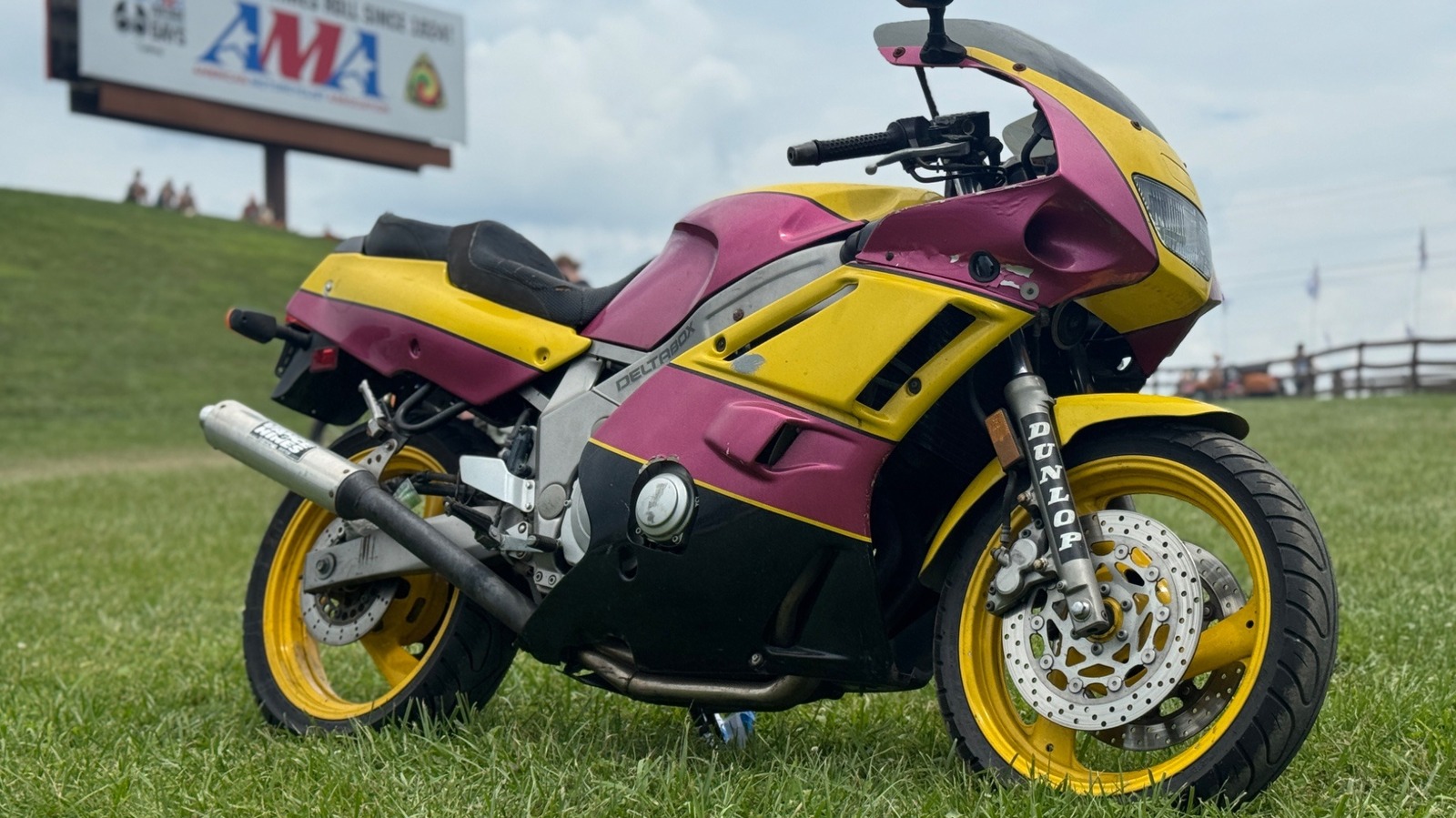
Nissan Ariya Nismo Returns to the UK Blending Electric Power with Performance Heritage
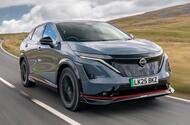 Nissan has brought its performance sub-brand back to Britain to spice up its electric family SUV The exponential rise of the electric car has coincided with the revival of classic model names, as manufacturers bid to win over new buyers – and re-engage with those who owned their petrol equivalents a few decades ago. Case in point: the Renault 5 has been reborn as a small electric supermini and the Ford Capri has morphed into a coupé-styled electric SUV. Nissan is hoping it can capture the attention of enthusiast followers with its revival of the Nismo badge that last appeared (in the UK, at least) on the back of the Juke compact crossover and 370Z sports car. It has been fitted to the Japanese brand’s electric SUV to create the dual-motor, 429bhp Nissan Ariya Nismo.Don’t assume that this is a hot electric SUV designed to do battle with the likes of the Hyundai Ioniq 5 N or Kia EV6 GT, though. Its 129bhp power hike over the standard Ariya e-4orce, Nismo badges, red accents and bespoke alloy wheel design might suggest so, but Nissan itself says it doesn't see the hot Korean SUVs as rivals and has instead positioned it to go up against the likes of the Volkswagen ID 5 GTX and Cupra Tavascan.
Nissan has brought its performance sub-brand back to Britain to spice up its electric family SUV The exponential rise of the electric car has coincided with the revival of classic model names, as manufacturers bid to win over new buyers – and re-engage with those who owned their petrol equivalents a few decades ago. Case in point: the Renault 5 has been reborn as a small electric supermini and the Ford Capri has morphed into a coupé-styled electric SUV. Nissan is hoping it can capture the attention of enthusiast followers with its revival of the Nismo badge that last appeared (in the UK, at least) on the back of the Juke compact crossover and 370Z sports car. It has been fitted to the Japanese brand’s electric SUV to create the dual-motor, 429bhp Nissan Ariya Nismo.Don’t assume that this is a hot electric SUV designed to do battle with the likes of the Hyundai Ioniq 5 N or Kia EV6 GT, though. Its 129bhp power hike over the standard Ariya e-4orce, Nismo badges, red accents and bespoke alloy wheel design might suggest so, but Nissan itself says it doesn't see the hot Korean SUVs as rivals and has instead positioned it to go up against the likes of the Volkswagen ID 5 GTX and Cupra Tavascan. Why Rocket Science Remains One of Humanity’s Greatest Challenges

Tesla Faces Tough Road Ahead as Sales Drop, Incentives Vanish, and Robotaxi Hopes Waver
 Boss Elon Musk said “we probably could have a few rough quarters" after EV firm posted big losses
Boss Elon Musk said “we probably could have a few rough quarters" after EV firm posted big losses
Tesla can normally rely on positive commentary from its biggest champion in the investment community, Morgan Stanley analyst Adam Jonas.
After the second-quarter results and call featuring CEO Elon Musk, however, the Tesla ‘mega-bull’ was nonplussed. “Almost no detail on outlook. Tesla's outlook continues to lack any specific targets on revenues or margins,” he wrote in a note to investors. “Elon seems to be… exiting the auto industry”.
Jonas noted that Musk was “pulling capital out of the business and doubling down on AI, autonomy and robotaxis.”
Musk has always touted 'the next big thing' as he keeps investors enthused about stock of a company that remains the most valuable in the sector based on share price, despite recent setbacks.
However, without cash coming in from car sales, the whole Tesla project starts to look shaky. And while the company is still self-financing, there are clouds on the horizon.
The warning signs are there in the second quarter. Automotive revenues dropped 16% compared to the same quarter last year and the overall operating margin slipped to 4.1%, down from 6.3%.
Meanwhile deliveries were down 13% to 384,122 while inventory (the number of unsold cars) climbed to 24 days’ worth of sales, up from 18 days.
“We probably could have a few rough quarters,” Musk warned on the call.
Other car companies that have reported their second quarter earnings, including Volvo, Stellantis and Volkswagen Group, are also suffering financially in an era of global shocks including pressure from Chinese competitors, US trade tariffs and lumpy EV sales growth. But Tesla has a unique problem in its reliance on incentives paid from governments and on credits bought from it by other car makers to hit emissions targets.
Musk helped elect president Donald Trump by becoming the biggest Republican party donor, only for Trump to repay him by removing the $7,5000 EV purchase credit and cancelling fines for car makers that don’t hit emissions targets, effectively allowing unlimited sales of ICE vehicles in the US.
Meanwhile in Europe, tightening CO2 emissions rules have forced car makers to up their game and come out with competitive electrified models of their own, reducing (but not eliminating) the need to pool with Tesla.
Tesla figures showed that income from regulatory credits halved to $439 million in the three months to the end of June.
Without them and decent margins from its (declining) battery storage business, Tesla would have been in the red, according to calculations from Philippe Houchois, an analyst at the bank Jefferies.
Tesla acknowledges the hit from Trump’s recently passed legislation. “The One Big Bill has a lot of changes that would affect our business in the near term,” said its CFO, Vaibhav Taneja, on the call. “It will impact our total revenues going forward.”
Tesla is also suffering from a stagnating model line-up. The facelifted Model Y has boosted Tesla sales in the UK (the biggest market for the SUV in Europe), SMMT figures show, but not in the rest of Europe, where Musk’s far-right social media profile has almost certainly depressed sales, especially in the key market of Germany (down 60% in June).
Once a best seller in the region, Tesla was only able to point to market leadership in Turkey, the Netherlands, Switzerland and Austria for June.
Turkey is a surprise, given that it has just three Tesla dealers, but a report by Fortune magazine showed that Tesla throttled back Model Y power to 214bhp there to dodge a luxury tax – and quoted an industry analyst saying it was possible Turkey was being used to funnel grey imports into Russia.
The long awaited cheaper Tesla is “just” a decontented Model Y, Musk said on the call. Production has begun already, the company added, without giving an indication of price.
The Cybertruck, meanwhile, is a flop. Tesla no longer breaks out sales of the triangular pick-up truck, but the Model S, Model X and Cybertruck contributed just 2.7% of all Tesla deliveries in the third quarter after sales of the trio halved from the same quarter the year before.
Tesla’s hopes are pinned on being able to upgrade cars from 2023 running the latest Hardware 4 platform to operate as robotaxis by the end of next year, allowing owners to theoretically send their out to work in the Uber fleet when not in personal use.
However, Tesla has huge regulatory mountain to climb to make that possible without the safety back-up of multiple sensors, even in the friendliest US cities.
The company says it has completed 7000 driverless miles in Model Ys converted as robotaxis running below 40mph in its home city of Austin, Texas, but it's struggling to gain approval even for its Full Self-Driving (Supervised) system in Europe and China.
The system is essentially Tesla’s take on Ford’s BlueCruise, which has gained approval in parts of Europe.
How you value other Tesla future businesses, including the Cybercab robotaxi service and Optimus humanoid robot division, is based almost solely on whether you believe Musk’s promises of world-beating revenues, given the lack of detail about the execution.
Even the biggest Tesla cheerleaders are now struggling to square the circle on that.
“Tesla is crossing the chasm to autonomy while absorbing slower volume, EV incentive elimination [and] tariffs and investing in new initiatives that may not make margins for years,” Jonas wrote.
Chevrolet Bolt Returns with Fresh Updates and Enhanced Features
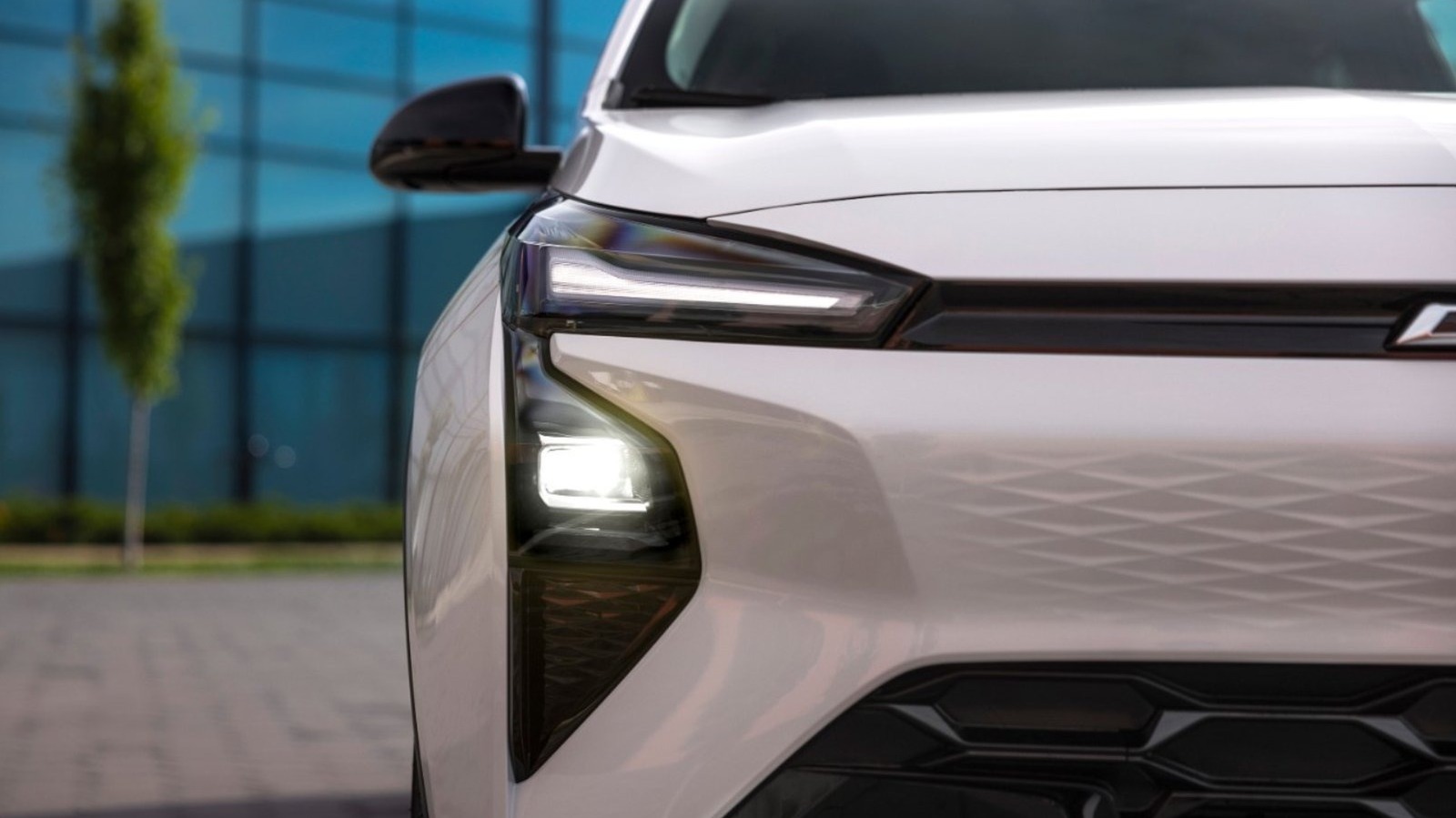
Hyundai Ioniq 2 Set to Challenge Affordable EV Rivals with Stylish Design and Advanced...
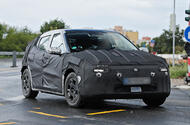 New model will sit between Inster and Kona Electric and be twinned with Kia's upcoming EV2
New model will sit between Inster and Kona Electric and be twinned with Kia's upcoming EV2
Hyundai is set to reveal an electric alternative to the Bayon, likely badged Ioniq 2, as it pushes to expand its EV line-up.
Understood by Autocar to be twinned with sibling brand Kia’s incoming EV2, it will plug the gap between the Inster and Kona Electric.
Pictures of the car testing this week confirm that it will be close in size to the combustion-powered Bayon, positioning it as a rival to the likes of the Renault 4 and Volvo EX30.
It will be revealed “in the next few months”, new Europe CEO Xavier Martinet told Autocar in June, which suggests that it is likely to be unveiled at the Munich motor show in September.
Hyundai confirmed the car will go on sale in the third quarter of 2026, so deliveries could begin as soon as next July. It is understood that Kia’s EV2, previewed by the EV2 concept, will arrive a few months before it.
“We are very much involved with the electrification of our line-up and to increase our electrified mix in the coming years,” said Martinet.
Like the EV2, the car will be based on the same scalable E-GMP platform that is used by nearly all EVs in the Hyundai Motor Group, which comprises Hyundai, Kia and Genesis.
It's therefore likely to get a similar set-up to the slightly larger Kia EV3, which is offered with either a 58.3kWh or an 81.4kWh battery pack for ranges of 267 and 372 miles respectively. All versions of the EV3 are powered by a single electric motor that sends 201bhp and 209lb ft to the front wheels.
Inside, the new electric car will bring a “step change” in usability for Hyundai. This includes a new infotainment system that, Autocar has been told, will enable elements such as ambient lighting and noise to alter according to driving modes or chosen style. Like the incoming EV2, the new Hyundai is also expected to get a combined instrument and infotainment display set-up that spans roughly half the width of the dashboard.
Pricing for the new crossover is likely to be close to that of the EV2, at around £25,000.
When it arrives next year, it will be the sixth electric car in Hyundai’s growing EV line-up, following the Ioniq 9 flagship that is due to hit UK roads in the coming months.
EPA’s New Ruling Sparks Debate as Porsche and Aston Martin Navigate Tariffs

Fiat 500e Faces Fierce Competition as Small Electric Cars Surge Ahead in 2025
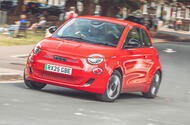 The small EV class is developing rapidly, yet Fiat has done nothing more to its electric 500 than change some coloured bits… The fortunes of the Fiat 500e, since its European market introduction in 2021, tell the story of the faltering adoption of EVs on our continent in convenient microcosm. This is, of course, Fiat’s second and critically important ‘nuovo 500’. It was Fiat’s first all-electric offering - and was notably derided by former Stellantis group boss Carlos Tavares, after Fiat’s merger with PSA in 2021, because it used its own electric platform hardware rather than the e-CMP toolkit on which the rest of the group’s EV models were based. Technically as well as stylistically, then, this remains a car bold enough to go its own way. After a fairly strong start to life, sales of the 500e have slowed. In its first full calendar year in UK showrooms in 2022, Fiat UK sold almost 5000 examples; while in Europe, in 2023, it was the biggest-selling small EV. But while Fiat UK continues to sell more than 10,000 petrol 500s year by year, 500e numbers have dwindled to fewer than 1000. And there are now lots more rivals suddenly looming in the small EV class, looking likely to make a bad situation worse.So, with myriad other affordable EVs flooding onto the market, where is Turin’s electric 500 left in 2025?The Fiat 500e range at a glanceThe 500e offers a choice of two battery capacities, the smaller pack coming with a weaker electric motor. The 500e Cabrio, with its retractable fabric roof, is available only with the bigger battery.There is a choice of four trim levels: and, for now, they are a de-facto entry level trim, Red (as tested), La Prima and Georgio Armani Collector’s Edition.Entry-level and Red are similarly equipped and can be had with either battery and motor. La Prima and the Armani edition come with the 42kWh pack only.
The small EV class is developing rapidly, yet Fiat has done nothing more to its electric 500 than change some coloured bits… The fortunes of the Fiat 500e, since its European market introduction in 2021, tell the story of the faltering adoption of EVs on our continent in convenient microcosm. This is, of course, Fiat’s second and critically important ‘nuovo 500’. It was Fiat’s first all-electric offering - and was notably derided by former Stellantis group boss Carlos Tavares, after Fiat’s merger with PSA in 2021, because it used its own electric platform hardware rather than the e-CMP toolkit on which the rest of the group’s EV models were based. Technically as well as stylistically, then, this remains a car bold enough to go its own way. After a fairly strong start to life, sales of the 500e have slowed. In its first full calendar year in UK showrooms in 2022, Fiat UK sold almost 5000 examples; while in Europe, in 2023, it was the biggest-selling small EV. But while Fiat UK continues to sell more than 10,000 petrol 500s year by year, 500e numbers have dwindled to fewer than 1000. And there are now lots more rivals suddenly looming in the small EV class, looking likely to make a bad situation worse.So, with myriad other affordable EVs flooding onto the market, where is Turin’s electric 500 left in 2025?The Fiat 500e range at a glanceThe 500e offers a choice of two battery capacities, the smaller pack coming with a weaker electric motor. The 500e Cabrio, with its retractable fabric roof, is available only with the bigger battery.There is a choice of four trim levels: and, for now, they are a de-facto entry level trim, Red (as tested), La Prima and Georgio Armani Collector’s Edition.Entry-level and Red are similarly equipped and can be had with either battery and motor. La Prima and the Armani edition come with the 42kWh pack only.Jay Leno Receives Early Mustang GTD as Ford Launches New Era
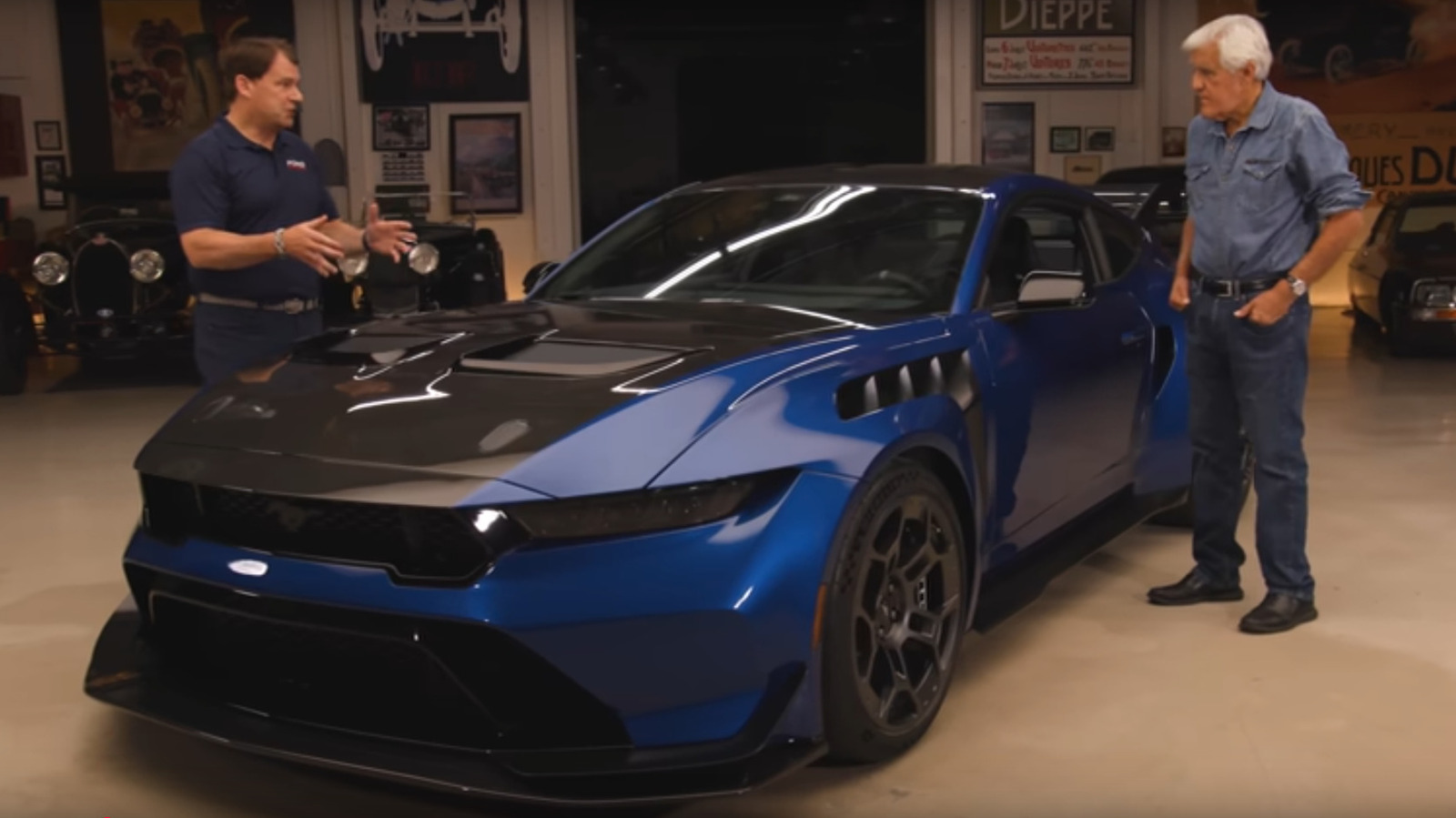
DS Plots Performance Flagship to Boost Premium Appeal and Attract Younger Drivers

DS E-Tense prototype of 2022 hinted at what a performance-oriented DS might look likeNew DS CEO admits addition of a performance flagship in the future could be good for business
DS has hinted at introducing performance-focused models in a bid to ramp up its premium credentials.
Despite racing in Formula E for more than a decade and creating some racy concept cars, DS has yet to develop a fully fledged performance model.
However, speaking at the recent London ePrix, new CEO Xavier Peugeot told Autocar he was thinking about bringing the idea to fruition.
“There is no closed debate, so why not?” he said. “It might be consistent for us to think about even more powerful versions of our models, of our engines, that would align with our commitment in Formula E.”
“I believe today that being committed to racing cars is important for DS. It brings dynamism, it brings energy, it brings the capacity to stimulate road cars, capacity to stimulate engineers, capacity to get the benefit of the evolutionary technology in our everyday cars and therefore to have real competitive advantages.”
The company has previously hinted at the potential for a dedicated performance car with its 805bhp E-Tense concept in 2022.
Speaking more broadly, he said that another advantage of DS being in Formula E is that the series “continues to fascinate younger audiences” and so opens the brand up to a younger demographic.
“It's coherent with our electric messages,” he added. “There are lots of benefits. To me, the keyword is 'acceleration'. It accelerates everything.”
Peugeot acknowledged that DS's aim for youth could be supported by the addition of a performance flagship in the future.
DS, now 11 years old, had been light on new products until earlier this year, when the new No8 flagship was launched and the DS 4 was heavily updated (and renamed No4).
No sales volume targets have been set for the No8, said Peugeot, arguing that volumes weren't the only metric for success.
“Our positioning is a premium one,” said Peugeot. “The German brands have been established for years, for decades, even in the case of BMW, Audi and Mercedes. But we also see that there are new players coming up. We see Polestar, we see this kind of new brand, which just reinforces the fact that premium in Europe is a key lever.
“The premium market is a quarter of the sales volumes [in the European market] but it makes up 40% of the profits. It’s relevant for a group like ours [Stellantis] to have a premium brand like DS.”
In June, design director Thierry Métroz claimed DS would aim even higher in the future, mentioning Rolls-Royce and Bentley levels of quality. But Peugeot quashed these ideas, saying that while inspiration could be drawn from those ultra-luxury brands, “our position is a premium one”.

